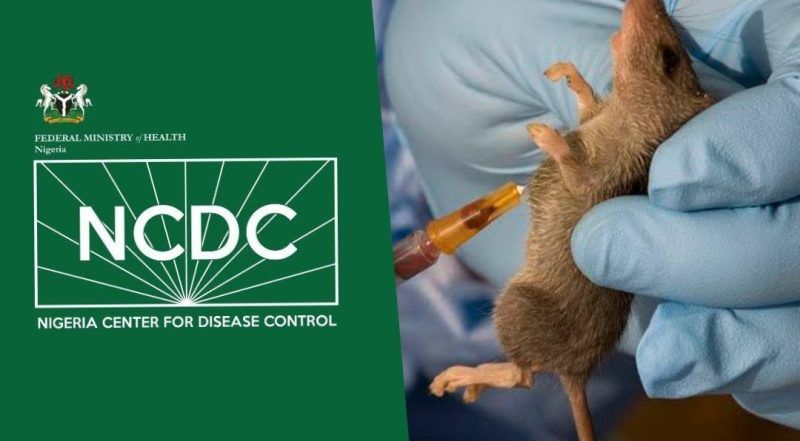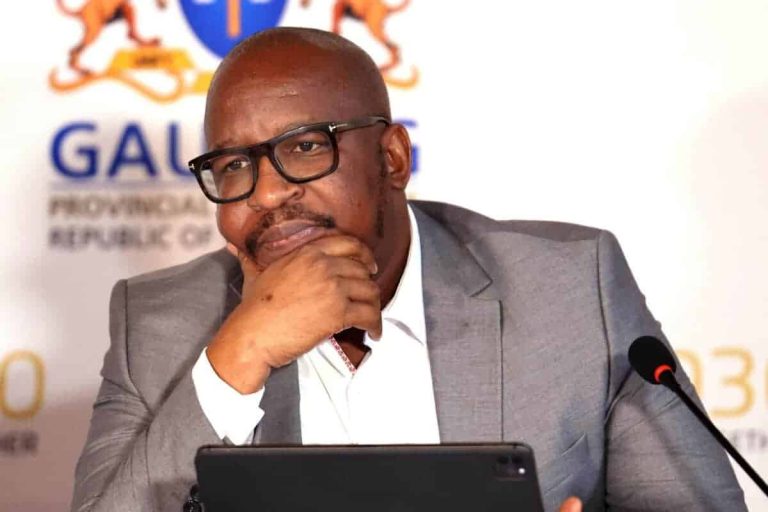
The Nigeria Centre for Disease Control and Prevention (NCDC) has published the Lassa Fever Situation Report for Week 35 of 2025. According to the report, a total of ten new confirmed cases were recorded during the week under review across Edo, Ondo, Bauchi, and Taraba States. This figure reflects an increase from the three confirmed cases that were reported in Week 34. Two new deaths were also recorded within the same period.
Cumulatively, from January through Week 35 of 2025, Nigeria has recorded 7,375 suspected cases of Lassa fever, out of which 871 were confirmed, alongside seven probable cases and 162 deaths. The case fatality rate for confirmed cases currently stands at 18.6 percent, which is higher than the 17.1 percent recorded during the same period in 2024, when 982 confirmed cases and 168 deaths were reported.
So far in 2025, a total of twenty-one states and one hundred and six Local Government Areas have reported at least one confirmed case. The burden of infection is largely concentrated in five states, with Ondo, Bauchi, Edo, Taraba, and Ebonyi accounting for ninety-one percent of all confirmed cases. Within this distribution, Ondo State reported thirty-three percent, Bauchi twenty-three percent, Edo eighteen percent, Taraba fourteen percent, and Ebonyi three percent.
The most affected age group is between twenty-one and thirty years, with cases ranging from as young as one year to as old as ninety-six years, while the median age stands at thirty. The sex ratio for confirmed cases is approximately one male to every 0.8 females. Notably, no new infections among healthcare workers were reported in Week 35.
In terms of case management and surveillance, eight patients were managed at treatment centres during the week, bringing the cumulative figure to seven hundred and ninety-four. Five new contacts were listed, raising the total to three thousand four hundred and fifty-nine, with fifteen currently under follow-up. No symptomatic or positive contacts were recorded in the reporting week, though cumulatively fifteen contacts have tested positive.
The report also details several response activities undertaken. These include preparations for the forthcoming Lassa Fever International Conference, supported by AFENET and the US CDC; the closing ceremony of the second cohort of the Lassa Fever Clinical Management Fellowship, supported by Georgetown University and other partners; in-person training of nineteen fellows at ISTH; virtual classes and monthly webinars; and the commencement of the INTEGRATE Clinical Trial in Ondo State, in collaboration with FMCO, ALIMA, BNITM, ISTH, and ANRS-MIE. Other activities included After Action Reviews conducted in Edo and Ebonyi States and a workshop in Ondo State, de-escalation of the National Incident Management System to alert mode, sensitisation of clinicians in six hotspot LGAs in Ondo State, and distribution of thermometers to contacts in Lagos State.
Further interventions involved the launch of NCDC’s Infection Prevention and Control e-learning platform, the distribution of guidelines and commodities such as Ribavirin, PPE, disinfectants, and other supplies to treatment centres and health facilities, and the training of healthcare workers in Bauchi, Benue, and Ebonyi States. Rodent control campaigns and environmental health interventions were also carried out in high-burden states, alongside community engagement and health promotion efforts.
Despite these efforts, the report notes several challenges, including late presentation of cases, which contributes to higher case fatality rates, poor health-seeking behaviour linked to the cost of treatment, poor environmental sanitation in communities with a high burden of infection, and low levels of awareness in some affected areas.
The NCDC recommends continuous community engagement and health education throughout the year, maintenance of a high index of suspicion among healthcare workers to ensure early referral and treatment, and strengthening of surveillance, case management, and laboratory capacity at the state level for improved detection and response.



